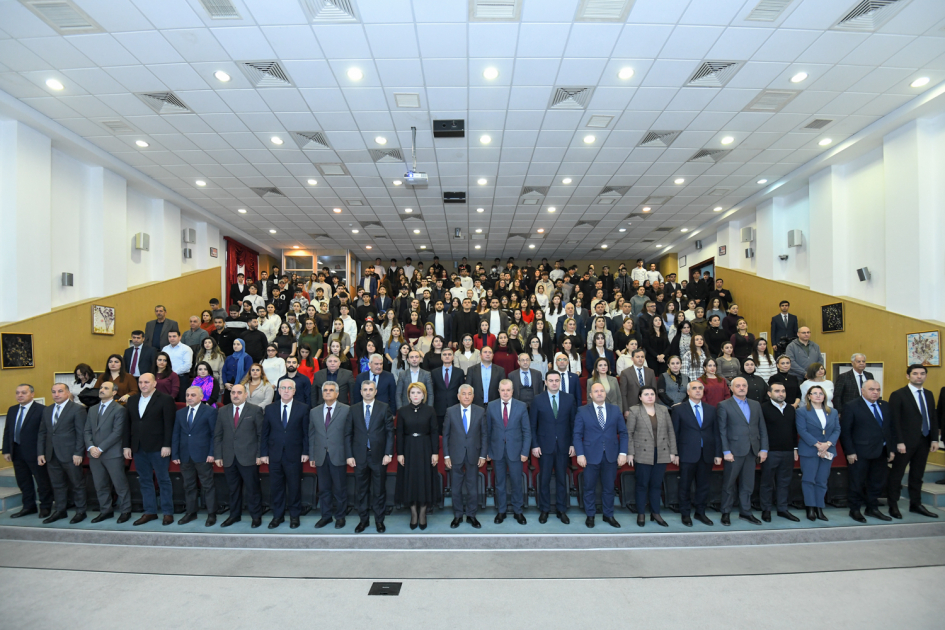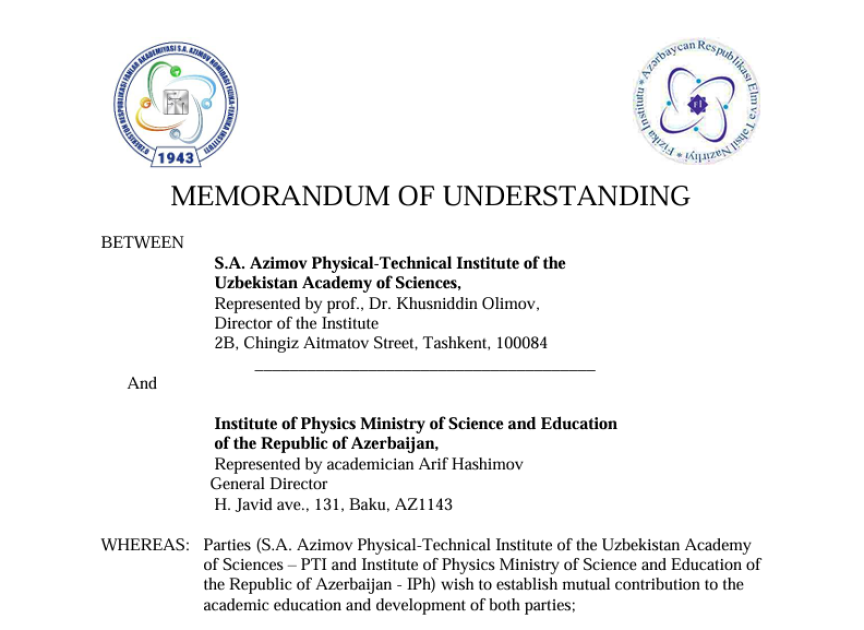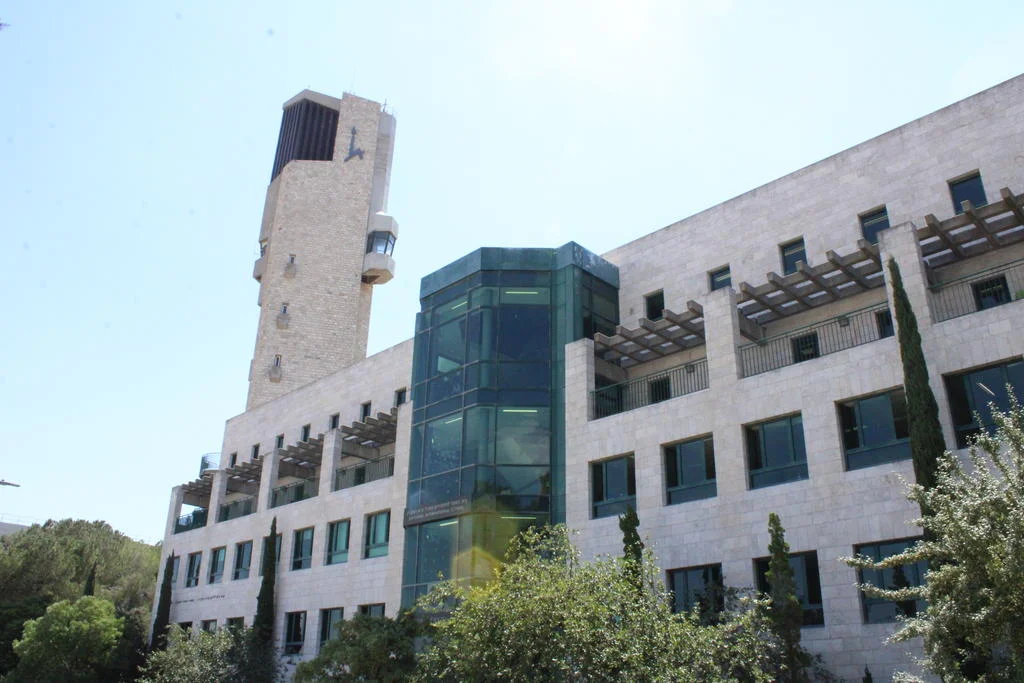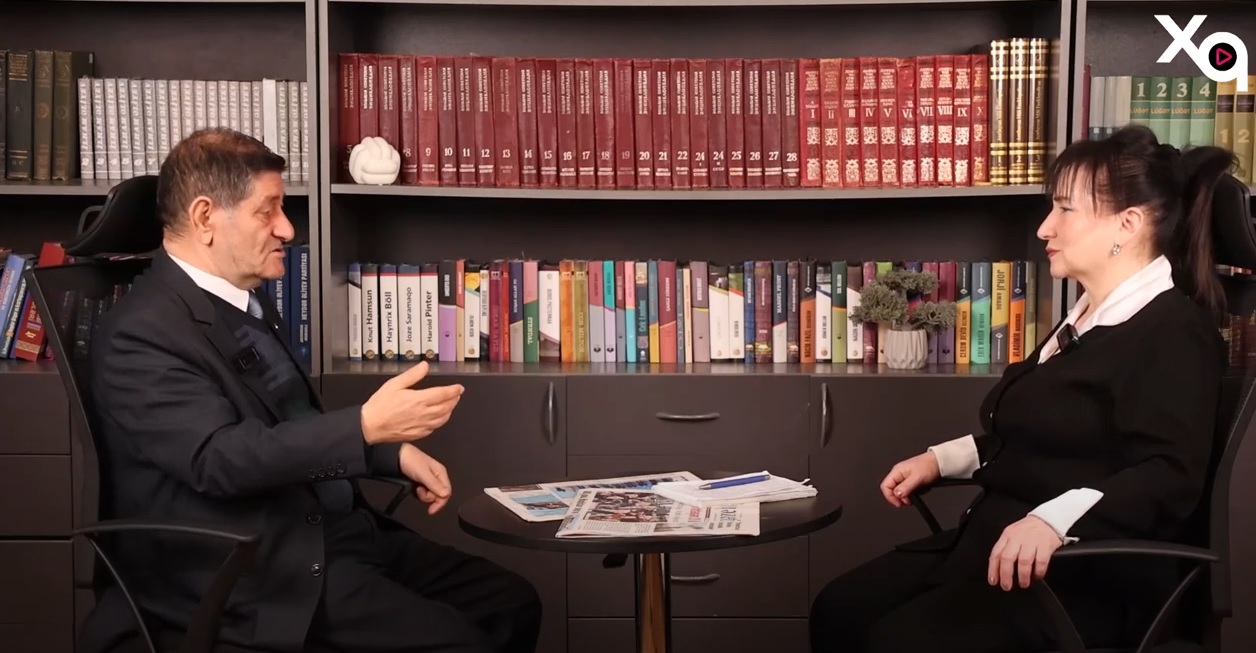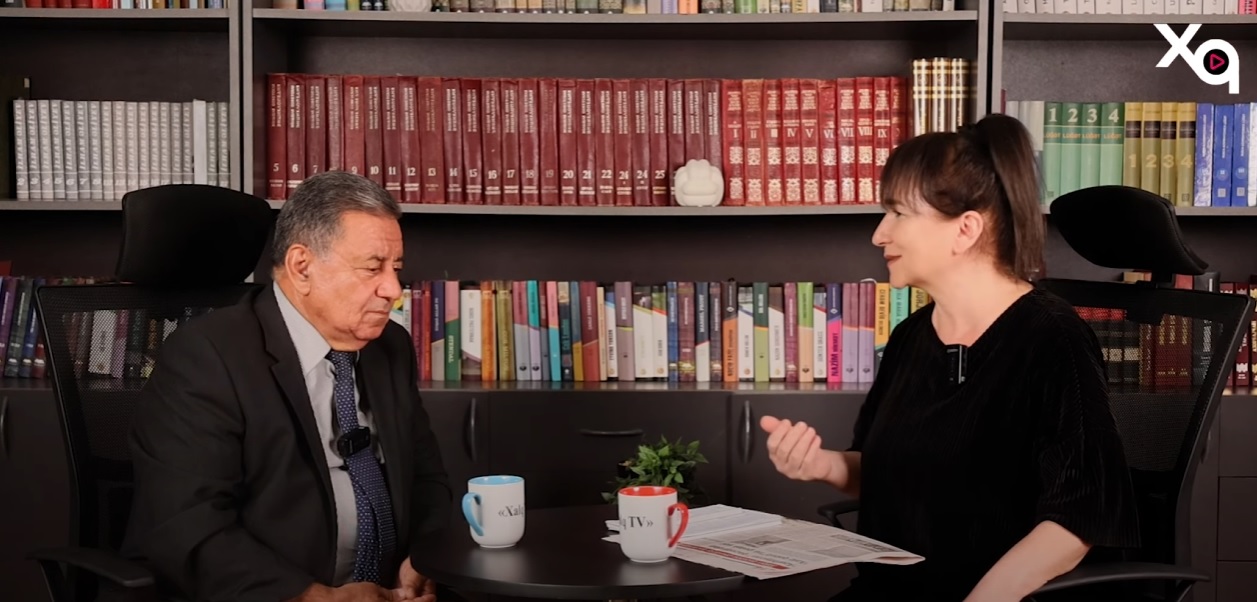When we see the dynamic world in which we move, or even watch a movie in the cinema, information from each point in our eye's field of view has different properties that our brain has to process separately, before combining these pieces of information into a coherent percept, according to Medical Xpress.
"Since the Nobel-Prize-winning work of Hubel and Wiesel in the 1960s we know that neurons in specific modules of the visual cortex are activated by various features in the visual stimulus when these are presented in isolation," says LMU neurobiologist Professor Laura Busse. "But how the brain processes a natural video stream and puts the activity of these neurons together, to eventually give rise to complex perception, is poorly understood," adds her colleague Professor Anton Sirota.
In the new study in Neuron, a trio of LMU neuroscientists—Lukas Meyerolbersleben, Ph.D. student at the Graduate School of Systemic Neurosciences, guided by Busse and Anton Sirota from the Faculty of Biology—have put together diverse expertise in visual circuits and oscillatory activity, a type of synchronous activity that organizes populations of neurons to encode and transmit information.
"By using a large open-source dataset from the Allen Institute (U.S.) and a large amount of data analysis, we demonstrate that distinct image properties in local spots of the eye's field of view, such as brightness or contrast, elicit distinct oscillations in a specific visual circuit that receives the input from those locations," Meyerolbersleben explains.
As a result, a complex movie elicits a symphony of oscillations across frequencies, layers and locations of the thalamo-cortical circuits that "orchestrate" thousands of neurons to "play" in a coherent fashion.
Through this symphony, the brain likely both processes and puts together a coherent visual percept. "This work is a major step forward in our understanding of natural vision," Sirota says.
"It also lays the foundation for a possible brain-computer-interface to potentially read out the visual stream directly from the brain or develop a neuroprosthesis to restore vision," states Busse.



